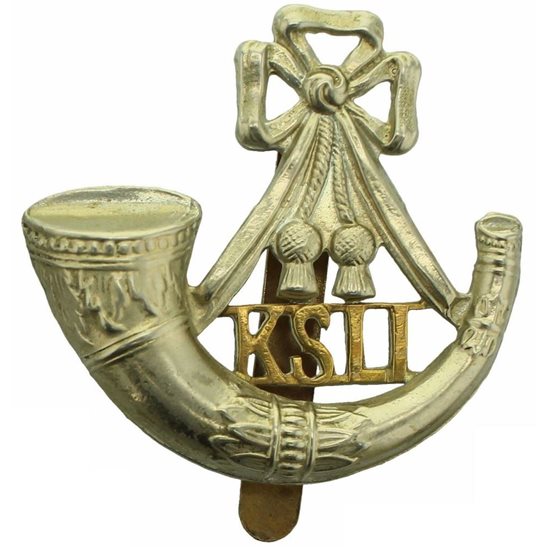Personal Details
Born: In 1897 in Whitchurch, Shropshire.
Family: He was the younger of two sons born to John Suker, a general labourer, and his wife Elizabeth. He married Hilda E.Smith in 1921 in Whitchurch, Shropshire. The couple had two children, John, born in 1926 and Donald, born in 1930.
Residence: In 1901 he was living at 23 Yardington, Whitchurch, but ten years later his family had moved to 24 Oddfellows Cottages, Whitchurch. An address of 24 Smallbrook Road, Whitchurch was given for him on the 1919 Absent Voters` List. (24 Oddfellows Cottages and 24 Smallbrook Road are the same address). His Pension Ledger Index Card showed an address of 6 Scott Street, off Seaford Road, Pendleton, Manchester for him. At the time of his death in 1933 he was living at 50 Broad Street, Pendleton, Salford, Lancashire.
Employment: In 1911 he was an errand boy at a milliner`s shop.
Died: In 1933 in Marple Sanitorium, Cheshire and was buried 12 August the same year in Whitchurch cemetery.
Military Details
Regiment: King’s Shropshire Light Infantry
Rank: Private
Service Number: 24026
Date of Enlistment: 12 December 1915
Date of Discharge: 19 May 1919
Reason for Discharge: Not known
Other Information: He was awarded the Silver War Badge (No. B215897) 18 June 1919.
His brother, Arthur John, served in the Royal Field Artillery during WW1.
Ernest was awarded the Campaign Medals (British War Medal and Victory Medal) and Silver War Badge

The British War Medal (also known as 'Squeak') was a silver or bronze medal awarded to officers and men of the British and Imperial Forces who either entered a theatre of war or entered service overseas between 5th August 1914 and 11th November 1918 inclusive. This was later extended to services in Russia, Siberia and some other areas in 1919 and 1920. Approximately 6.5 million British War Medals were issued. Approximately 6.4 million of these were the silver versions of this medal. Around 110,000 of a bronze version were issued mainly to Chinese, Maltese and Indian Labour Corps. The front (obv or obverse) of the medal depicts the head of George V. The recipient's service number, rank, name and unit was impressed on the rim.
The Allied Victory Medal (also known as 'Wilfred') was issued by each of the allies. It was decided that each of the allies should each issue their own bronze victory medal with a similar design, similar equivalent wording and identical ribbon. The British medal was designed by W. McMillan. The front depicts a winged classical figure representing victory. Approximately 5.7 million victory medals were issued. Interestingly, eligibility for this medal was more restrictive and not everyone who received the British War Medal ('Squeak') also received the Victory Medal ('Wilfred'). However, in general, all recipients of 'Wilfred' also received 'Squeak' and all recipients of The 1914 Star or The 1914/1915 Star (also known as 'Pip') also received both 'Squeak' and 'Wilfred'. The recipient's service number, rank, name and unit was impressed on the rim.

The Silver War Badge was issued in the United Kingdom and the British Empire to service personnel who had been honourably discharged due to wounds or sickness from military service in World War I. The badge, sometimes known as the "Discharge Badge", the "Wound Badge" or "Services Rendered Badge", was first issued in September 1916, along with an official certificate of entitlement.

